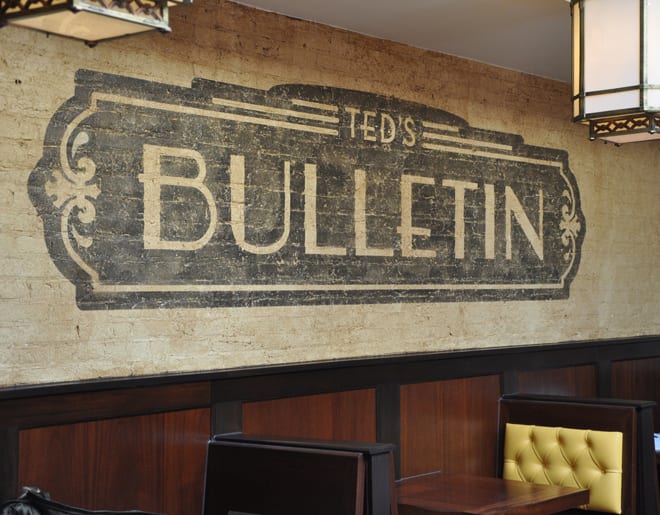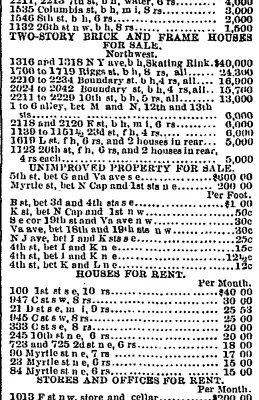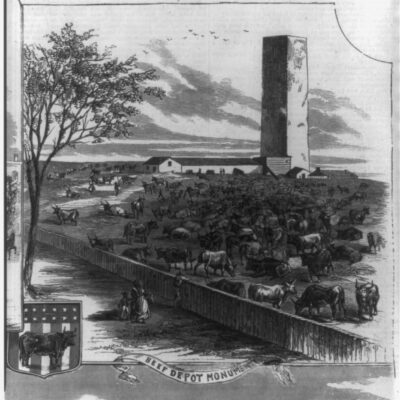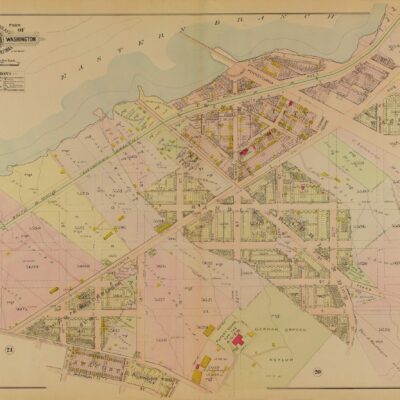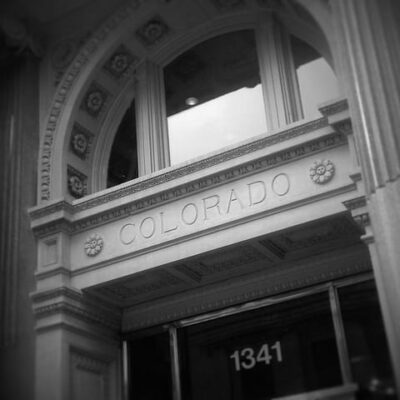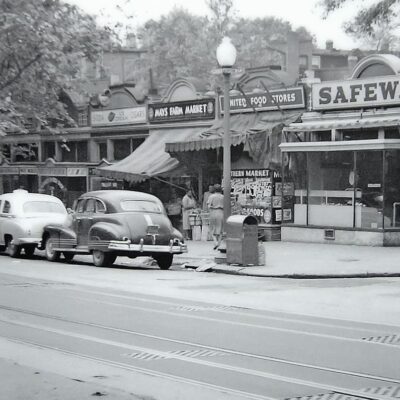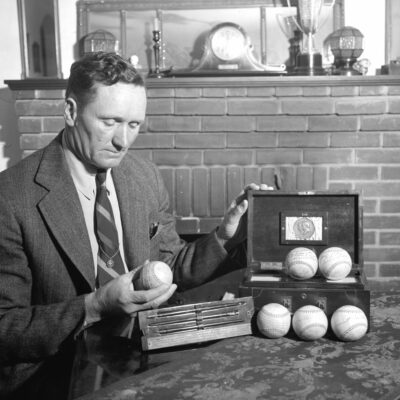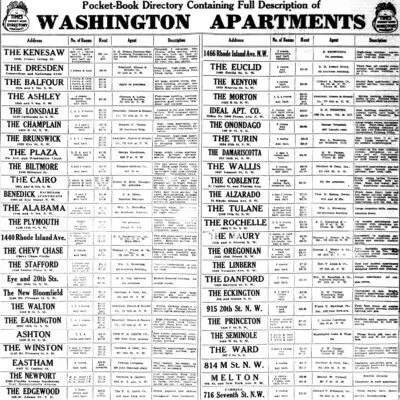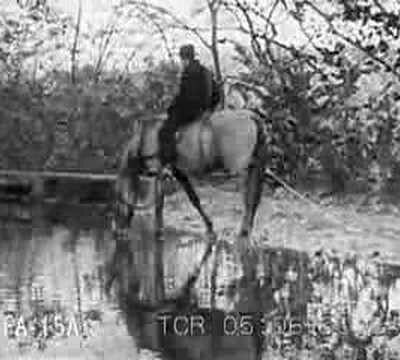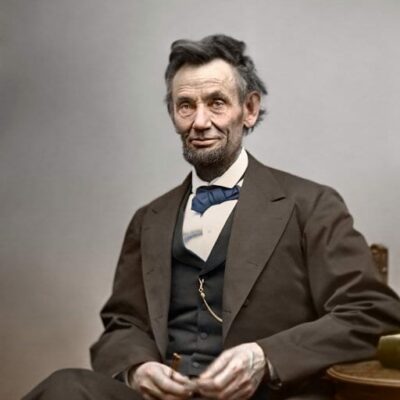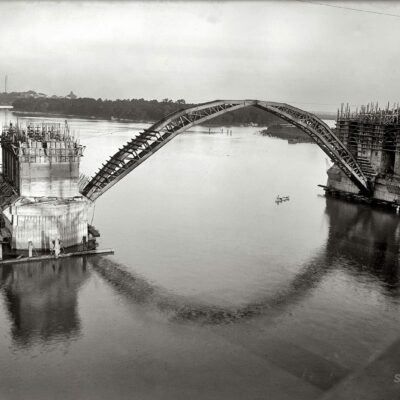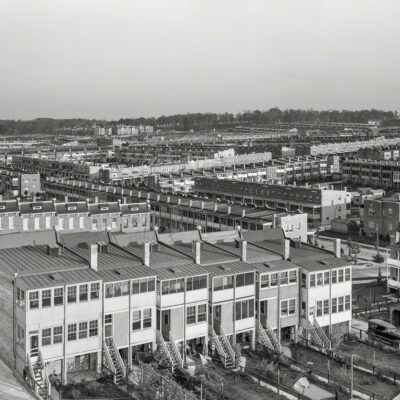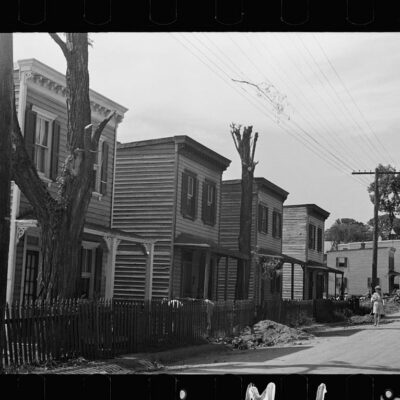It has been over two months since our last “If Walls Could Talk” post (Shaw’s Tavern), so it’s high time we crank out another one and we’re going to go down to Ted’s Bulletin history for our Capitol Hill lovers.
We’re going to head down to Barrack’s Row on Capitol Hill to do a little research on one of Bryce Harper’s favorite haunts and a place where the President popped in for lunch with some volunteers. Ted’s Bulletin at 505 8th St. SE is a favorite of many, so it’s a good subject for our next post.
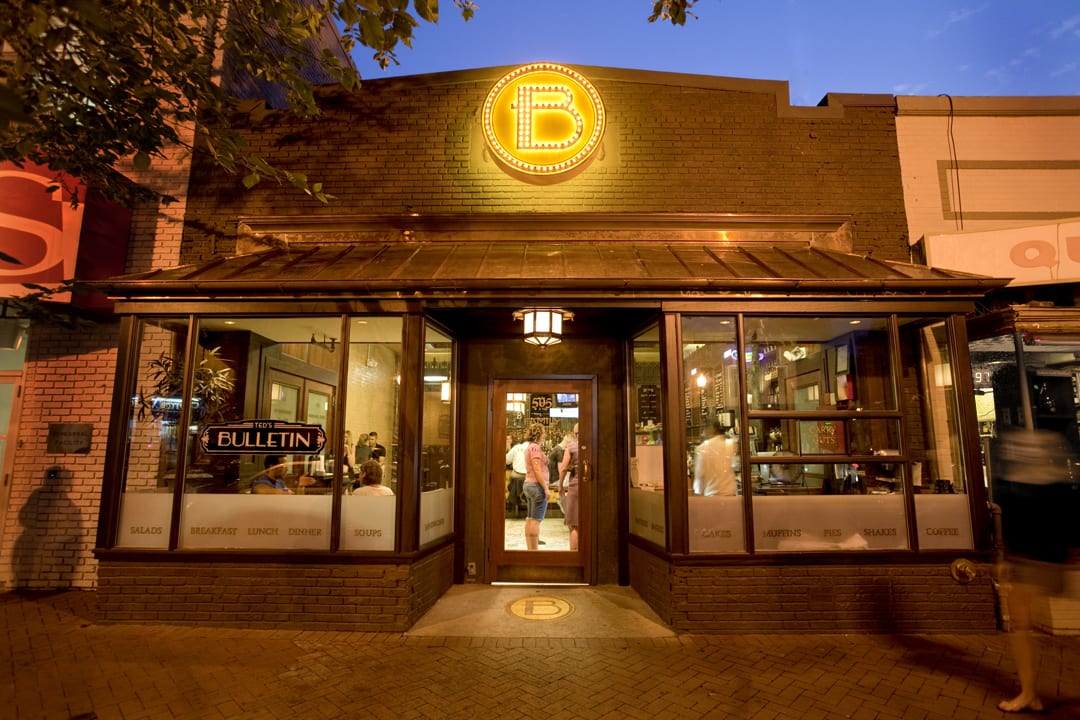
One-story brick store
A building permit was listed for 505 8th St. SE in the July 8th, 1928 edition of the Washington Post. Joseph Shapiro Co. was to erect a one-story brick store with an approximate cost of $10,000.
Joseph Shapiro started his real estate company on October 24th, 1919 and seven years later, the Post wrote an article marking the anniversary.
Today marks the seventh anniversary of the Joseph Shapiro Co.’s entry into the real estate field. Starting in 1919 with a small office at 914 New York avenue northwest, this company opened general real estate offices, and two years later opened tehir [sic] building department, their first operation being a group of houses on Crittenden street, between Eighth and Ninth streets northwest.
Today the company occupies the first and second floors of the Edmunds building, 919 Fifteenth street northwest, and have to their record the erection of hundreds of homes in the northeast and northwest sections of the city and a large number of apartment buildings.
Shapiro was originally from Russia and, as a Jew, likely was treated harshly by the Czarist Russia, leading him to emigrate with his family to America in 1914.
By 1930, he is listed in the U.S. Census living in a home (that he owned at 4411 16th ST. NW) valued at $50,000. By the age of 60, married for 25 years to his wife Mary, he very much realized the American Dream of wealth, freedom and success.

His son Jacob, at the time the president of Joseph Shapiro Co., was not quite as lucky. He was indicted on six charges of false pretenses and fraud in real estate transactions. He was charged with selling property in the city in which “hidden trusts” were discovered after the fact, and it was claimed that he was aware of the trusts. Not only that, but he was under investigation by Congress in the Senate Committee on the District of Columbia.
Fortunately for Shapiro, the case was poorly prosecuted and he was eventually acquitted by the jury in late 1930.
He continued his successful real estate practice with his brother and partner Maurice, and his last residence was listed in 1940 (with his brother) at 1748 Hobart St. NW.
District Lock & Hardware
Some of you long time Capitol Hill residents might remember when 505 8th St. housed a local hardware store, one that claimed to have the largest supply of locks, keys and security devices in the D.C. metro area. I find that hard to believe, but it’s probably tough (and too time consuming) to disprove.
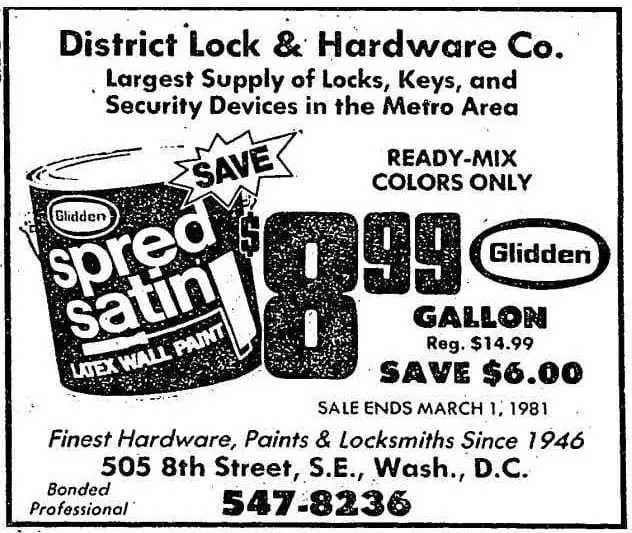
The store was a fixture on Barracks Row since it was opened in 1946 by Harry J. Kroll. He operated it for 48 years until he sold it to Michael Horwat in 1994, who ran the store with Steven Harrell. The Post had a nice article about hardware stores in the District on May 13th, 2003, in which they mentioned the store.
District Lock and Hardware, on Eighth Street SE, is chockablock [sic] with inventory, including windshield snow brushes, signs saying “I’m Proud to be an American,” and $40 snowmobile gloves beloved by policemen for their warmth.
Realtor Stan Bissey, waiting to have a key made, recently moved to Potomac after living on Capitol Hill since 1969. “I still do all my business here,” he said. “They have everything you need. And, they actually wait on you.”
District Lock was started in 1946 by Harry Kroll, who sold it to Horwat in 1994. “This is an old-fashioned hardware store,” said Horwat, 58, who now owns the store with Steven Harrell. “We do a lot of key-cutting, a lot of custom-made things, opening bike locks.” But the store also specializes in security systems and makes house calls to fix problems. “You’d be surprised at the number of old women that are helpless out there,” Horwat said. “They’re living alone in a house and in their eighties. We get a lot of that.”
-ad 607-
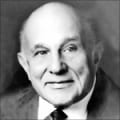
Harry Kroll lived out his final years in Falls Church and passed away in May of this year at the age of 92.
Ted’s Bulletin is great, but it makes me a little sad to realize that something so central to the neighborhood is no longer. Hopefully Old School Hardware in Mt. Pleasant, Frager’s Hardware on Capitol Hill since 1920 and Browns’ Hardware in Falls Church since 1883 (!) can survive the assault on neighborhoods by Home Depot and Walmart.
But, given that Ted’s Bulletin is such a popular place to gather, let’s hope that it has the staying power to last over fifty years. Maybe Bryce Harper will be having his favorite meals there for the next twenty of those.
